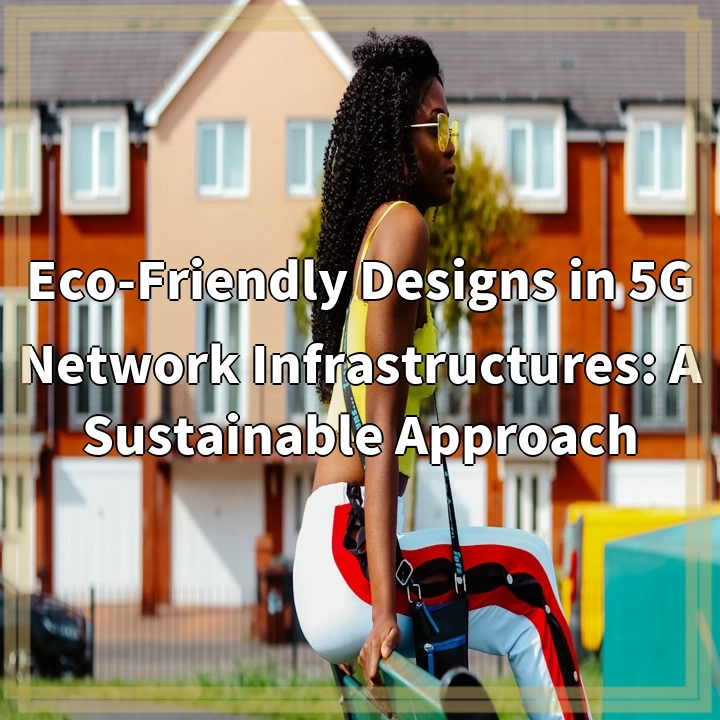
What is Eco-Friendly Designs in 5G Network Infrastructures: A Sustainable Approach?
In recent years, the rapid advancement of technology has led to increased demand for faster and more reliable communication networks. As we enter the era of 5G network infrastructures, it is crucial to consider the environmental impact of deploying and operating these networks. Eco-friendly designs in 5G network infrastructures provide a sustainable approach to network development, aiming to minimize the carbon footprint and maximize energy efficiency.
Real-World Problems
Despite the numerous benefits of 5G technology, its implementation can pose significant environmental challenges. Here are some of the real-world problems associated with traditional 5G network infrastructures:
1. Energy Consumption:
In conventional 5G infrastructures, the energy consumption of network equipment and data centers is substantial. The increased network capacity and data processing requirements of 5G networks result in higher energy consumption, leading to a significant carbon footprint.
2. E-Waste:
The rapid turnover of technology and the constant upgrading of network equipment contribute to the generation of electronic waste. Old equipment and components that are no longer compatible with 5G networks often end up in landfills, causing harm to the environment and human health.
3. Site Acquisition and Construction:
Expanding existing network infrastructures or deploying new ones often requires acquiring new sites and constructing additional infrastructure. The process can lead to deforestation, habitat destruction, and increased carbon emissions due to transportation and construction activities.
4. End-of-Life Disposal:
As technology advances, older network equipment becomes obsolete and needs to be replaced. Disposing of this equipment properly, including hazardous components such as batteries and chemicals, is a challenge that requires sustainable and environmentally friendly solutions.
5. Health Concerns:
There are ongoing debates and concerns about the potential health effects of 5G network infrastructures on human beings and the environment. Although scientific studies have not conclusively proven harmful effects, the perception of risk remains, requiring careful consideration and monitoring.

Solutions for Eco-Friendly Designs in 5G Network Infrastructures
1. Energy Efficiency:
One of the key solutions is to prioritize energy efficiency in 5G network infrastructures. This can be achieved through the use of renewable energy sources, such as solar or wind power, to minimize the reliance on fossil fuels. Additionally, implementing smart grid technologies and optimizing network equipment for energy efficiency can significantly reduce overall energy consumption.
2. Circular Economy and E-Waste Management:
Adopting a circular economy approach can help address the issue of e-waste. This involves designing network equipment with recyclability in mind, using modular components that are easily upgradeable, and implementing proper e-waste management systems. Recycling and repurposing old equipment can minimize environmental impact and reduce the demand for new resources.
3. Sustainable Site Selection and Infrastructure Design:
To mitigate the environmental impact of site acquisition and construction, careful consideration should be given to sustainable site selection. This includes repurposing existing infrastructure whenever possible, selecting sites with minimal environmental impact, and implementing green construction practices that minimize carbon emissions and waste generation.
4. Responsible End-of-Life Disposal:
Proper end-of-life disposal involves working closely with manufacturers to ensure the safe and responsible handling of obsolete network equipment. This includes implementing take-back programs, promoting recycling and refurbishment, and complying with environmental regulations for hazardous waste management.
5. Clear Communication and Stakeholder Engagement:
Addressing health concerns related to 5G network infrastructures requires transparent and clear communication about the scientific research and risk assessments. Engaging with stakeholders, including the public, local communities, and health experts, is essential to address concerns, provide accurate information, and foster trust in the development of eco-friendly 5G networks.















